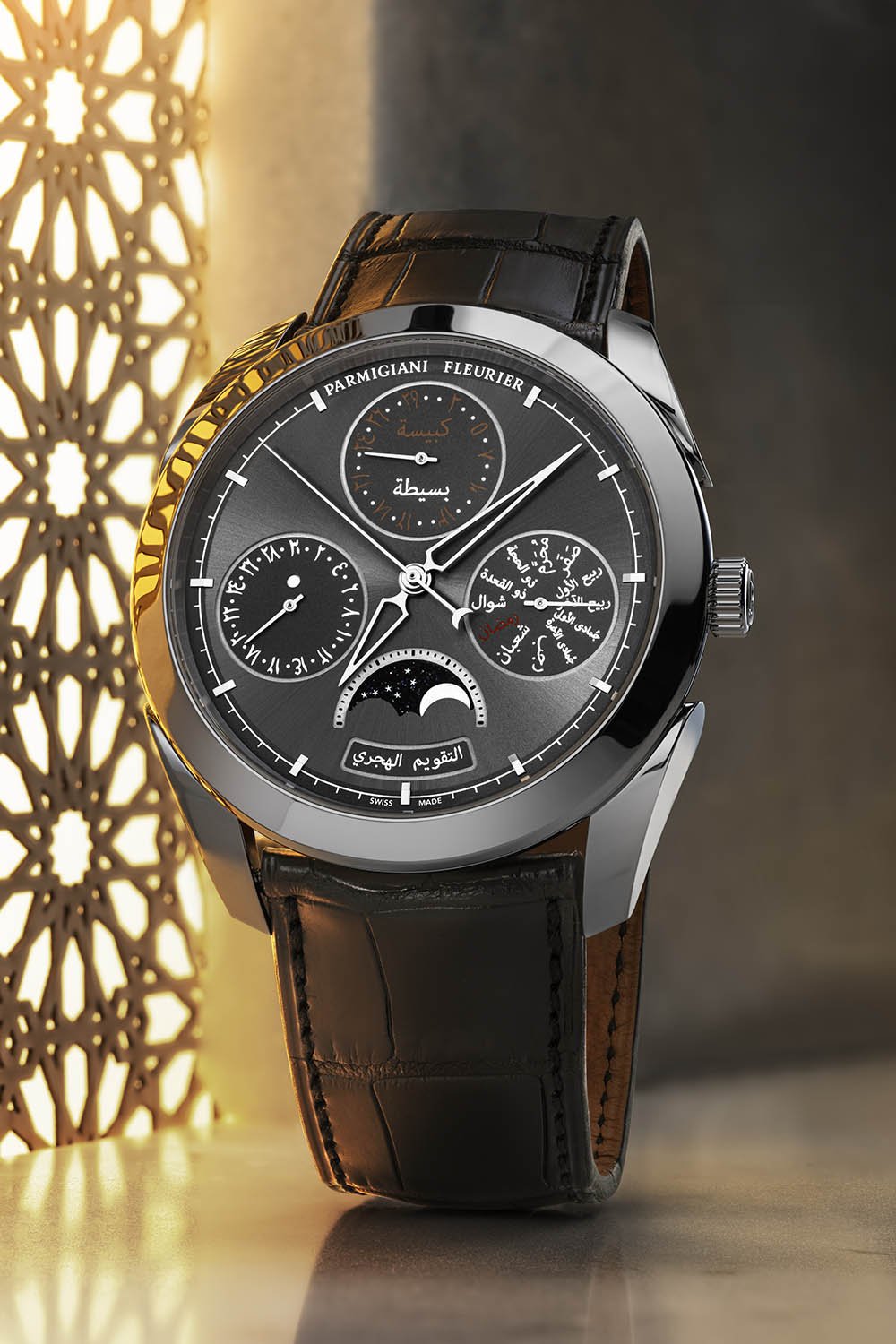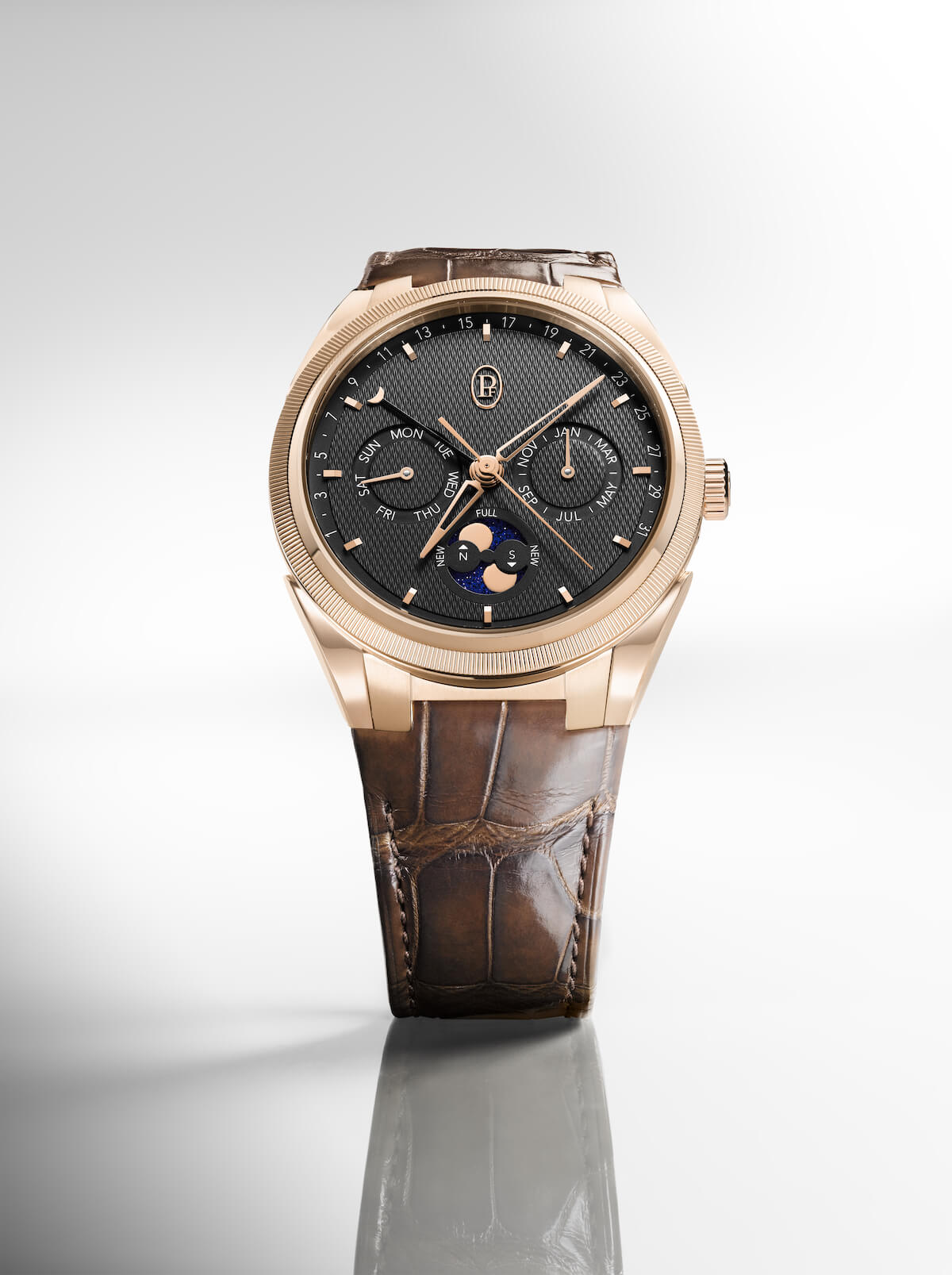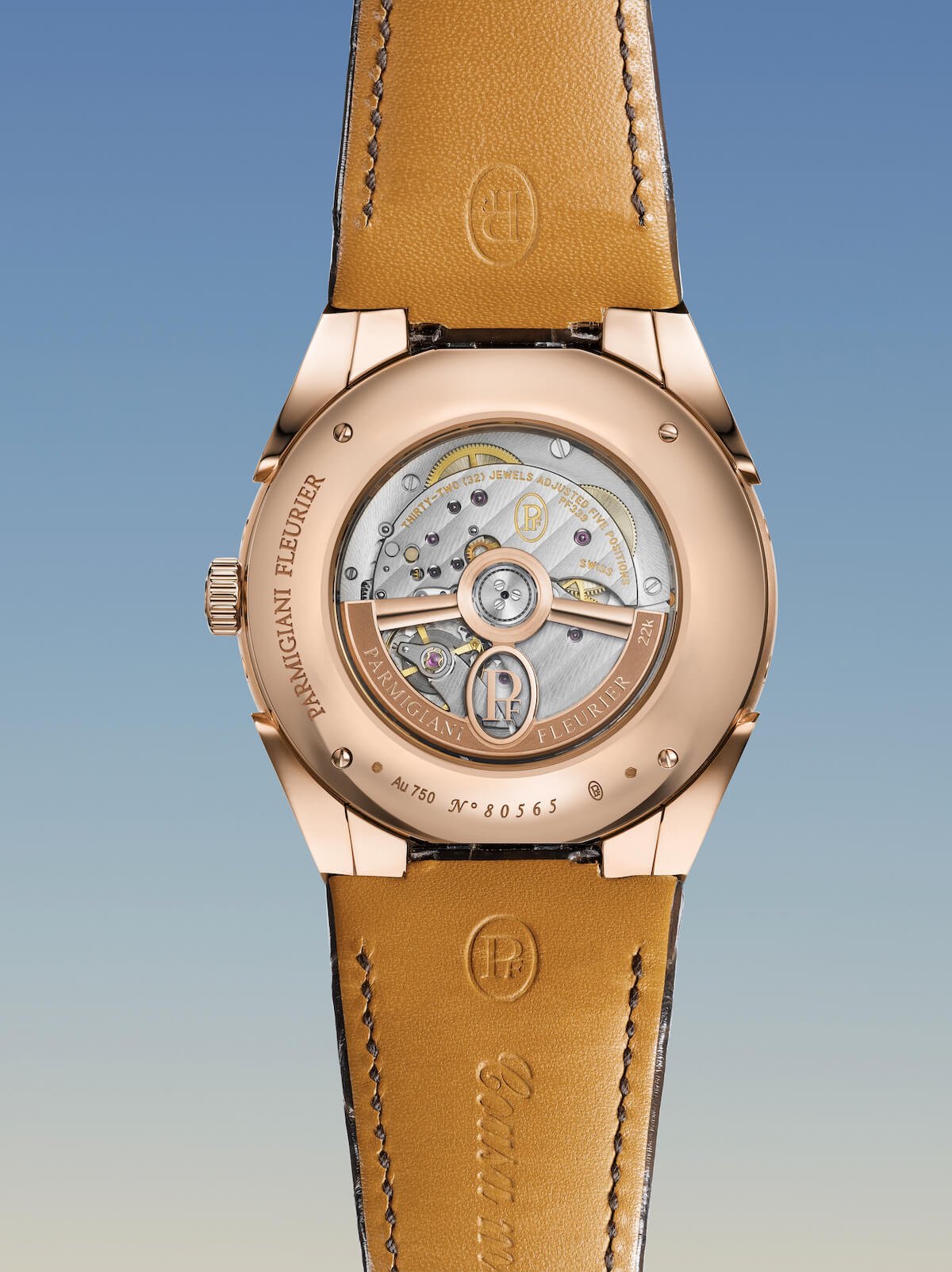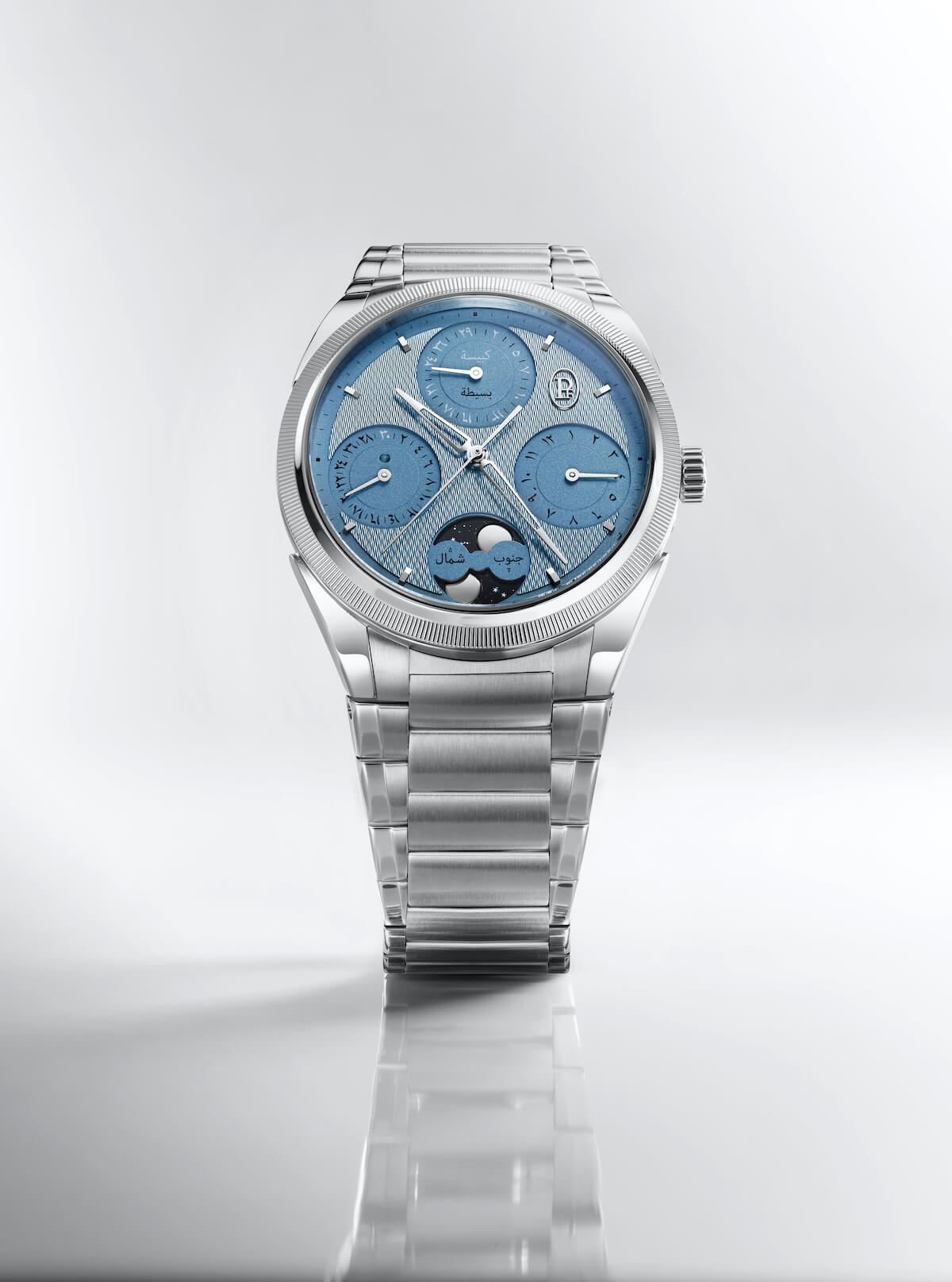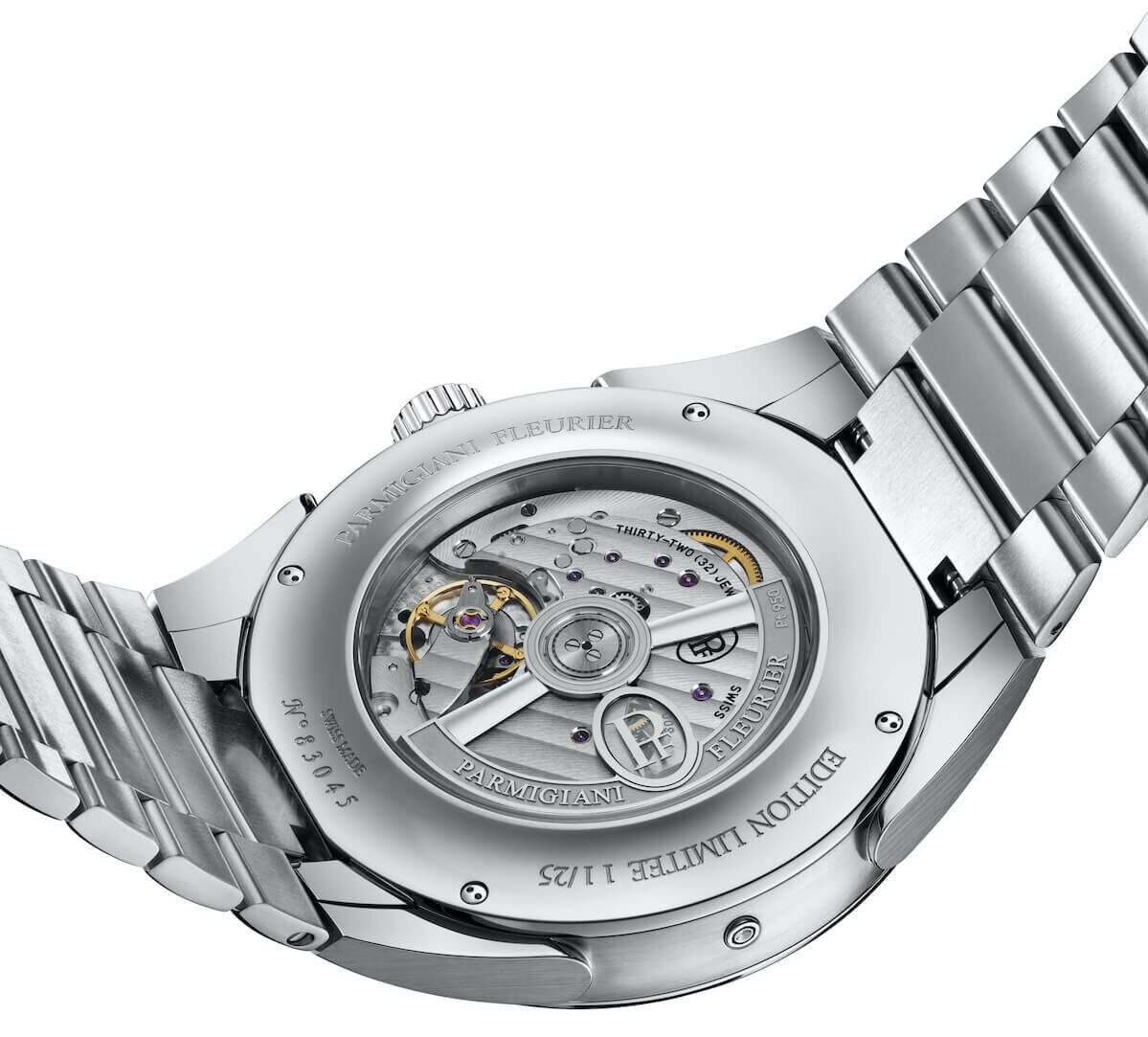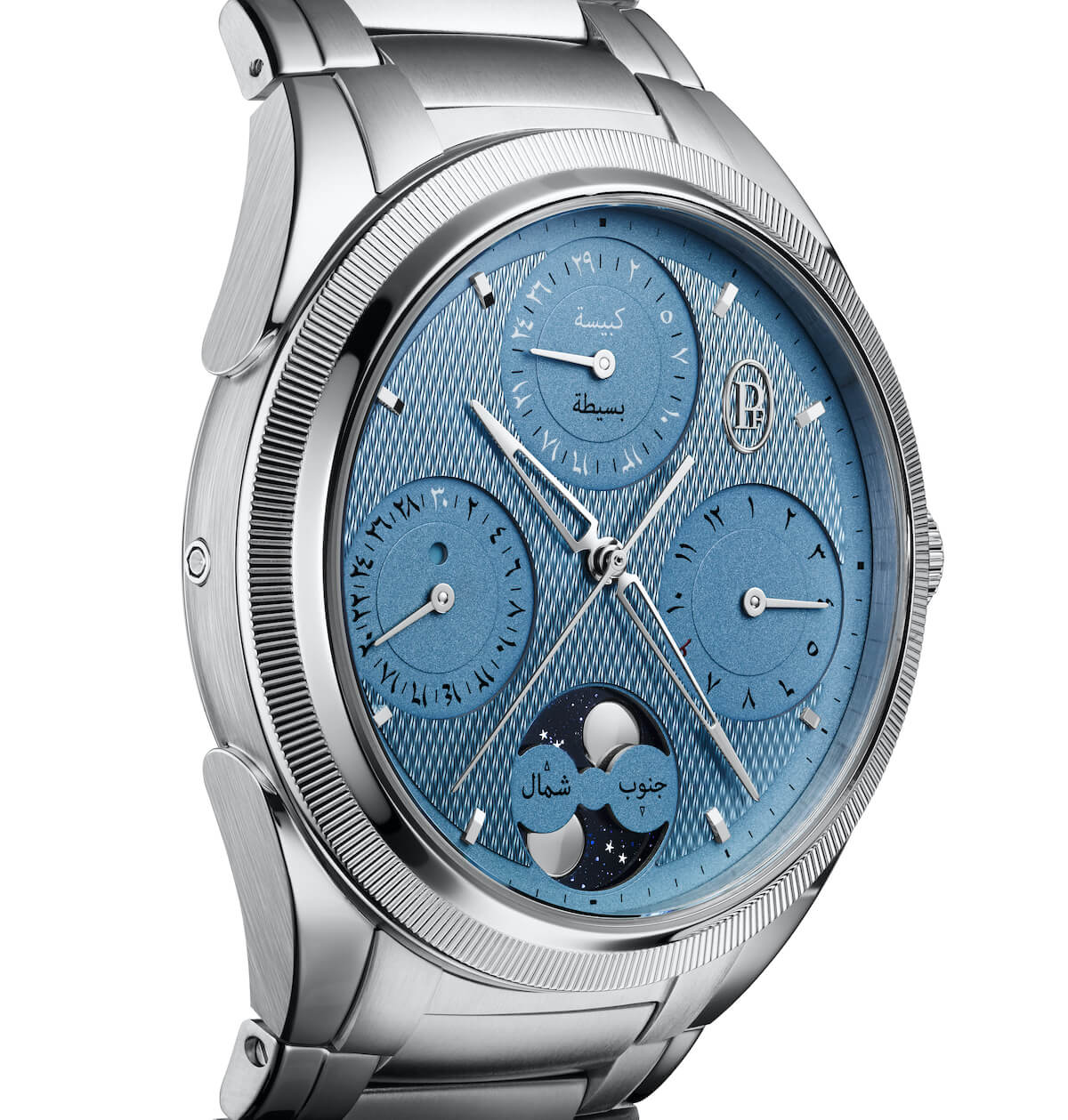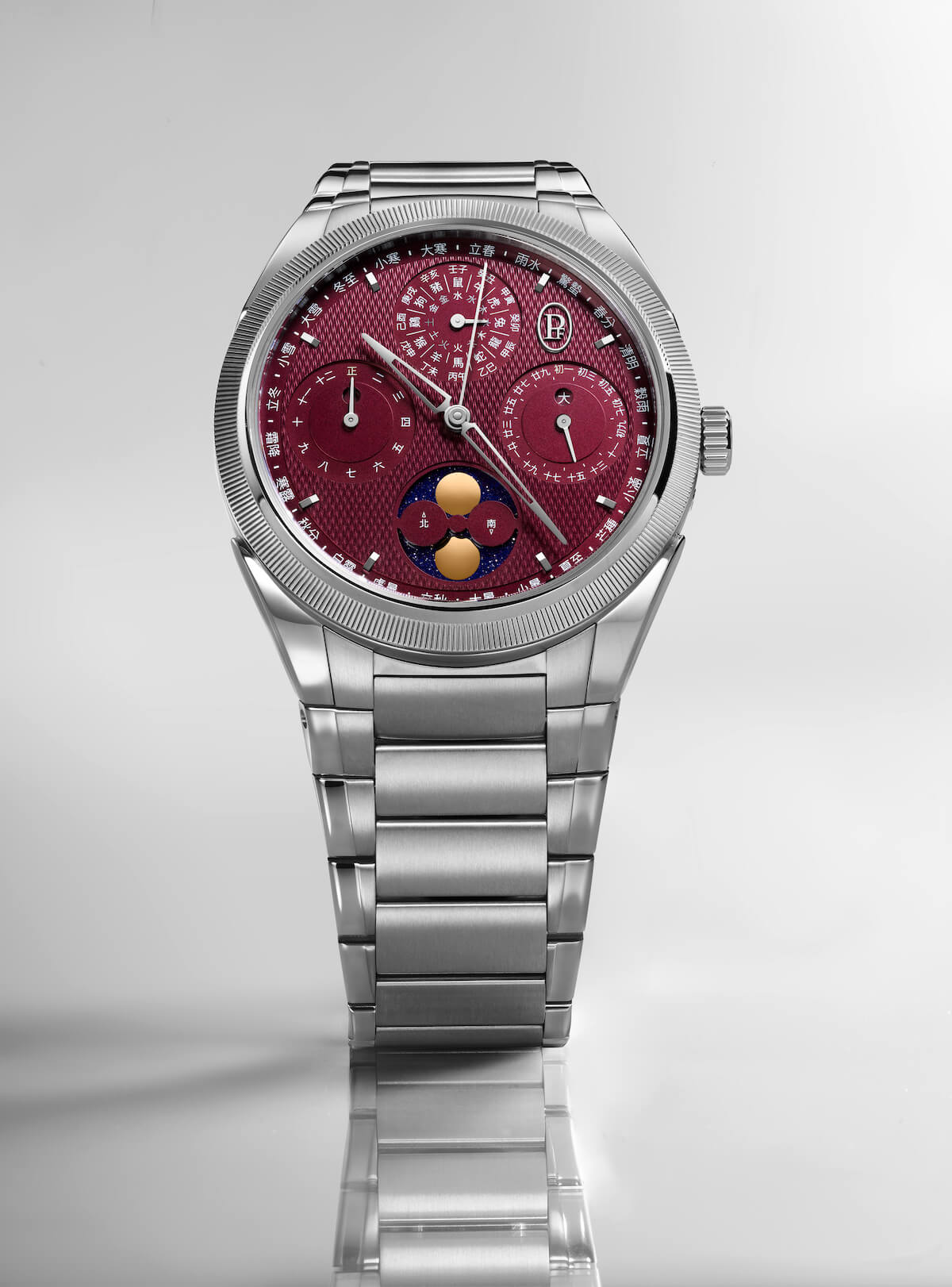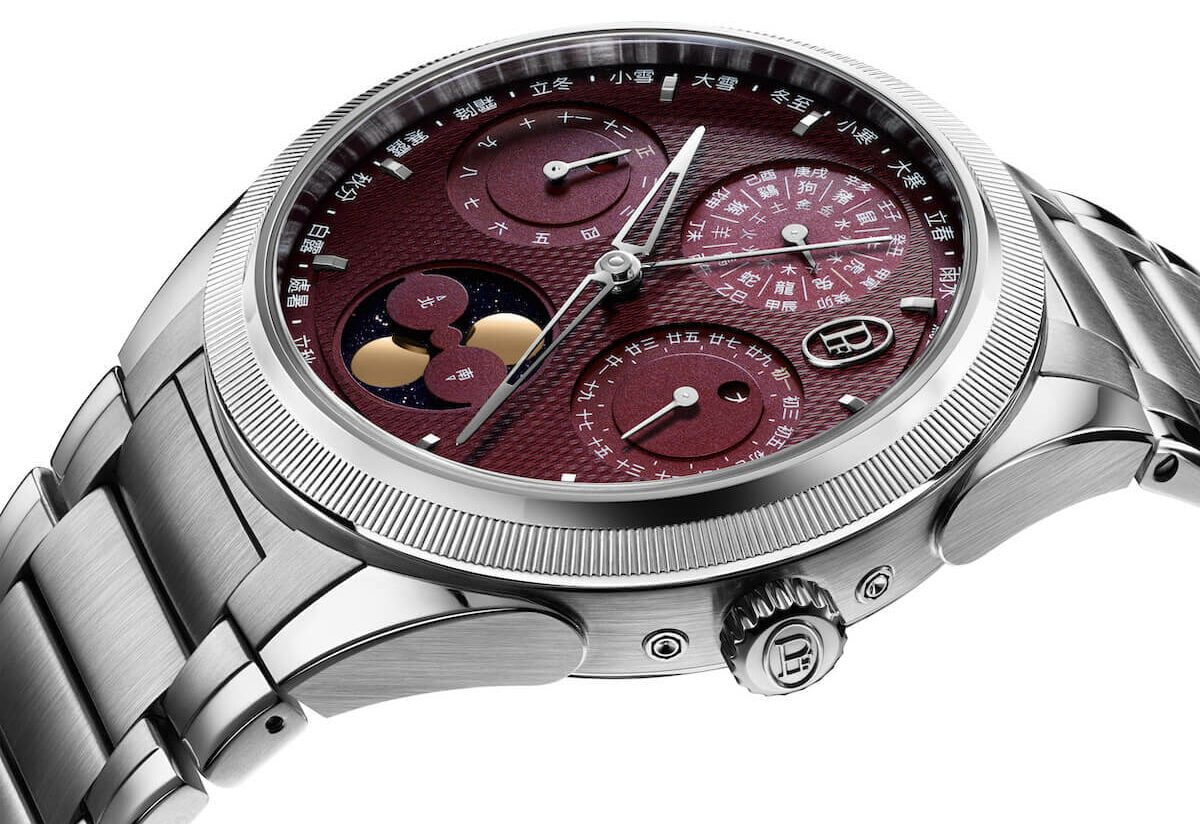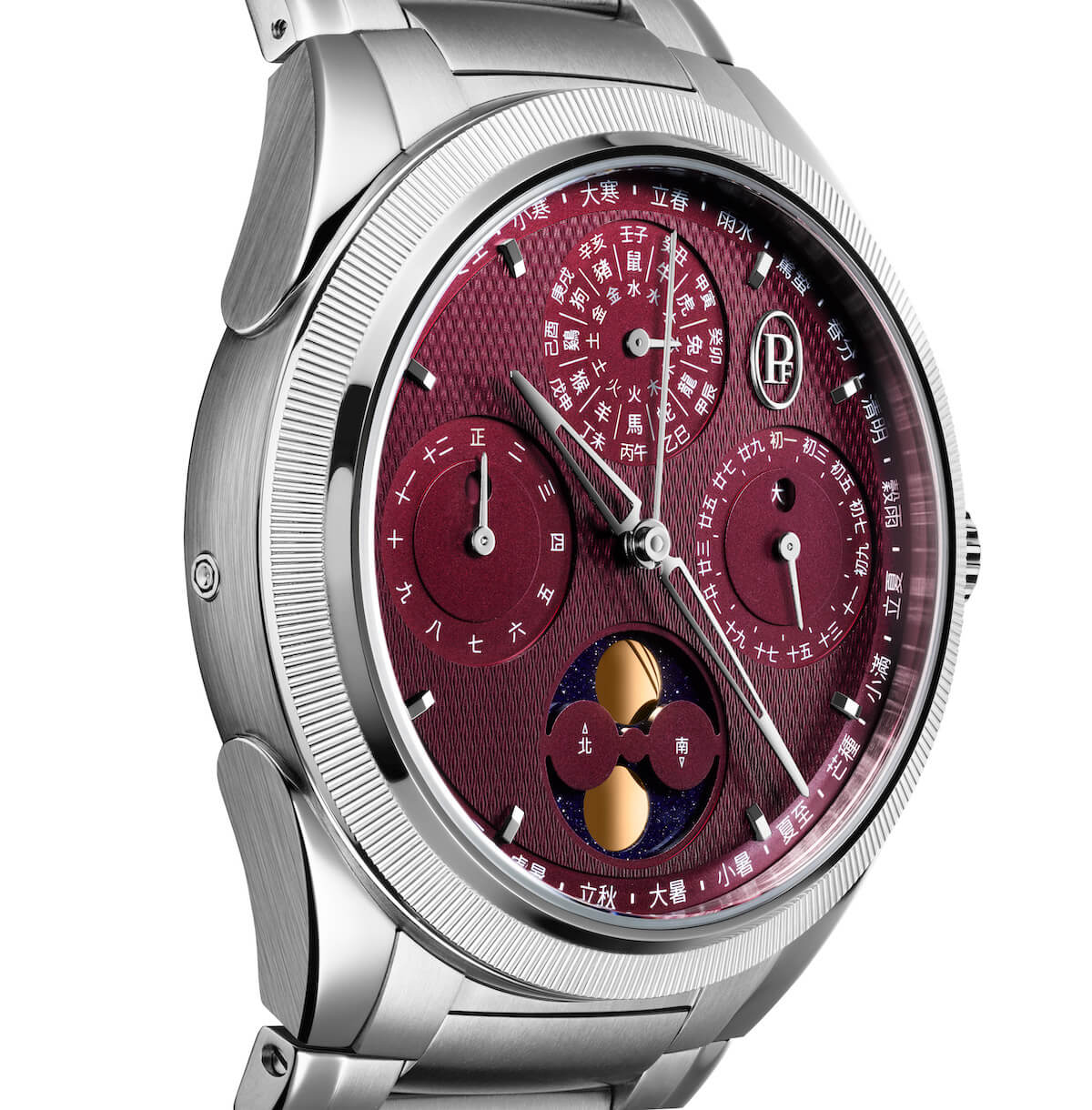Parmigiani’s Mind-Blowing Cultural Calendar Complications
From the day Michel Parmigiani presented his brand’s first-ever wristwatch, the Toric QP Retrograde, in 1999, the Parmigiani name has been tied to calendar watches. QP stands for “Quantième Perpétuel” — it was an in-house-developed perpetual calendar watch. A de facto house specialty, the annual and perpetual calendars are always on offer from the Fleurier-based watchmaker’s collections. From the Gregorian calendar complication and the GPHG-winning Hijri calendar innovation in 2020 to the launch of a Xiali calendar recently, the Swiss independent brand is perpetually (pun intended) upping its game to blow our minds!
Parmigiani calendar watches
Calendars are a reflection of civilizations. Whether ancient or modern inventions, some are extraordinarily advanced and sophisticated systems. Each calendar has a unique method for measuring or organizing time by charting the celestial order that governs us. It is an instrumental component in the cultures and traditions of the people who follow it.
Myriad calendars are adopted for civil, religious, or agricultural purposes across the world. The three most widely accepted are the Western (Gregorian) calendar, followed by the Islamic (Hijri) and the Chinese calendars. While we often see Western calendar complications, the Islamic and Chinese calendar watches are almost unheard of in the horological world. But that has not stopped Parmigiani Fleurier from inducting them all into its high-complication hall of fame.
The Gregorian calendar
The Gregorian calendar takes its name from Pope Gregory XIII, who introduced it in 1582 as a reform of the Julian calendar. It tracks the length of the tropical year, which is the time it takes Earth to complete one orbit around the Sun. It consists of 365 days, with one extra day every four years (a leap year), except for years that are divisible by 100 but not by 400.
The solar-based calendar
Besides perpetual calendars, Parmigiani has also developed an in-house annual calendar movement. The Tonda PF Annual Calendar that we recently covered here is a relatively contemporary take on this complication. The annual calendar was invented in 1996 by a Swiss engineering student and commercialized by none other than Patek Philippe. As the name suggests, it requires you to adjust the date once every year. The date counts through the long and short months of a year until the end of February. Assuming that the watch is perpetually running, the wearer only needs to manually adjust the date on March 1st.
The PF339
As for the Tonda PF Annual Calendar, it is all about the engine ticking inside. The PF339 is an automatic movement that powers a retrograde date, day, month, and a 122-year moonphase complication with a display for both the Northern and Southern Hemispheres. The 359-part construction of the mechanism ensures the retrograde date indication never obstructs the view of the moonphase display at 6 o’clock.
The Tonda PF Annual Calendar
On the outside, the warm gray Grain d’Orge guilloché dial displays the respective temporal, calendrical, and astronomical readings with absolute clarity and readability. The tri-register layout obeys PF’s design code of simplicity. Housing the movement is a 42mm rose gold case, which comes outfitted with a brown alligator strap. This combo retails for CHF 53,000. A version with a full bracelet in rose gold is also available for the price of CHF 70,000.
The Hijri Calendar
Commonly known as the Islamic or Arabic calendar, the Hijri calendar is a lunar-based system used by Muslims to determine the dates of religious observances and life events. The calendar is based on the cycles of the moon and consists of 12 months of 29 or 30 days each, for a total of 354 or 355 days in a year.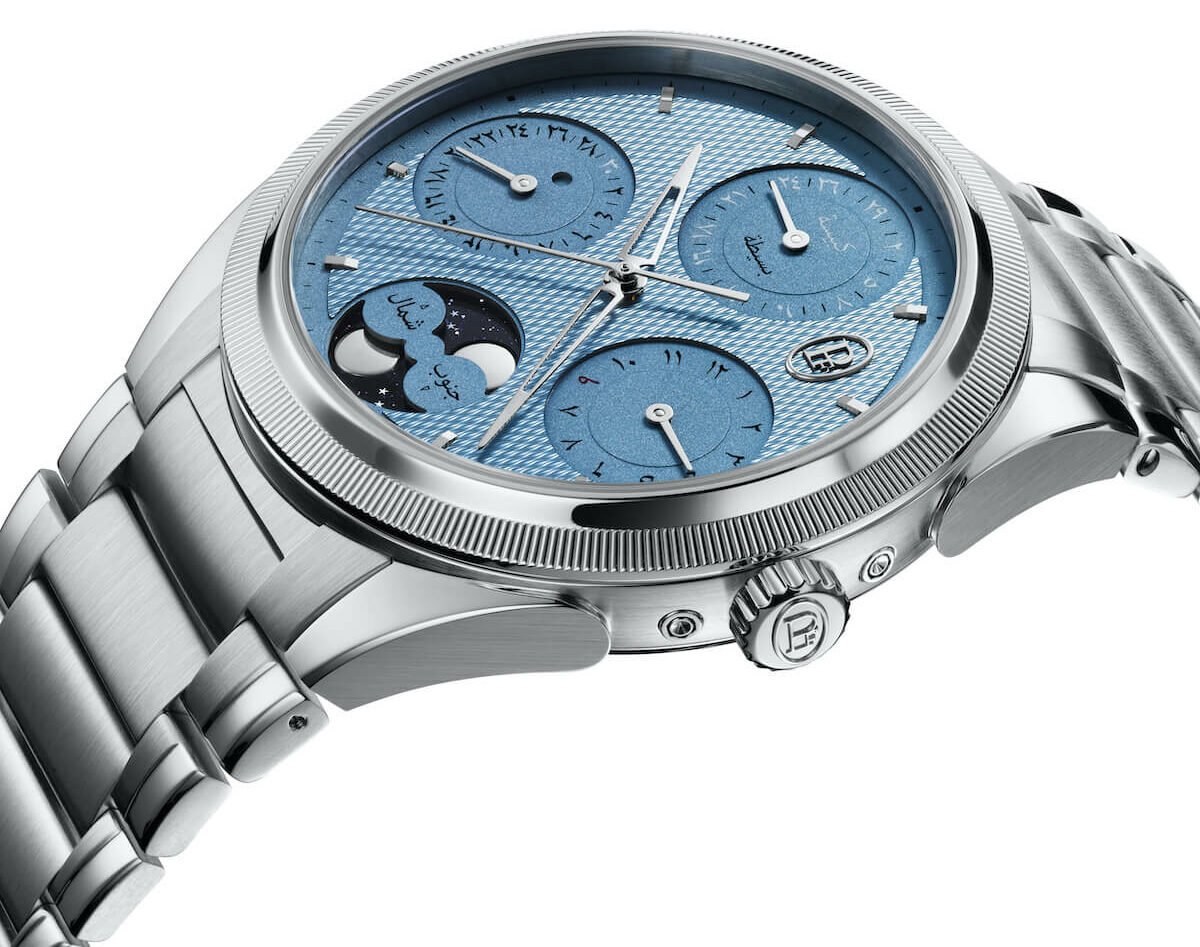
And for the first time in watchmaking history, Parmigiani created a mechanical wristwatch to use the Hijri calendar. With almost a quarter of the world’s population being Muslim, the forward-thinking watchmaker is leveling the playing field to finally redefine what a calendar watch can be. The Tonda Hijri Perpetual Calendar came out in 2019 and went on to win the Innovation Prize at GPHG the following year. The reason? It is a remarkable piece of engineering that provides an inventive solution for keeping track of the Islamic calendar on the wrist.
The lunar system
As opposed to the solar-based Western calendar, the months of the lunar calendar change annually by a difference of -10 to -12 days. As a result, each month always falls on a different season and differs from the Gregorian calendar. Therefore, the Hijri calendar needs periodical adjustments for leap days to align with the solar calendar.
The PF009
Parmigiani’s Hijri Perpetual Calendar, however, does all the work for you with its entirely in-house-developed mechanism. The PF009 is a result of Michel Parmigiani’s 2011 creation of an exclusive table clock inspired by an antique Arabic calendar pocket watch that he once restored. The miniaturized mechanism can indicate the correct day, date, month, leap year, and moon phases all at once, and without necessary correction for decades. The 310-part caliber with 32 jewels beats at 28,800vph (4Hz) and provides a power reserve of up to 48 hours.
The Tonda Hijri Perpetual Calendar
As each Tonda Hijri Perpetual Calendar is a made-to-order unique piece, owners can customize the design elements to their taste. As such, this particular blue version here comes in a 42mm platinum case with a Grain d’Orge guilloché dial in an ice-blue color. The dial shows the dates at 9 o’clock, months at 3 o’clock, and years all in Arabic script. The sub-dial at 12 o’clock counts the 30-year cycle. It also features a moonphase display of both hemispheres set against a dark blue aventurine sky. This Ice Blue edition has gone to a good home in the Middle East for CHF 58,000.
The Chinese Calendar
Let me be clear: the Chinese calendar is mindbogglingly complex. Despite being known as the Lunar calendar, the Chinese calendar is in fact a lunisolar one. This means that it combines both lunar and solar elements. The two cycles are charted separately and then synchronized into a system.
Fundamentally, it is based on the lunar cycle, with each month beginning on the day of the new moon. However, to keep the lunar months in sync with the solar year, a leap month is added to the calendar approximately every two or three years. As if that doesn’t sound complex enough, by incorporating the movements of the Sun in the zodiac, the Chinese calendar divides the solar year into 24 solar terms, which guide the agricultural seasons. In turn, the important dates in the traditional Chinese calendar, such as the Lunar New Year and the Mid-Autumn Festival, derive from these solar terms.
The lunisolar system
On top of that, there are 10 “Celestial Stems” in the Chinese calendar that assign five natural elements — water, wood, metal, fire, and earth — to seasons and the planets. And there are 12 “Earthly Branches” that correspond to the signs of the zodiac. These may be best known as the 12 zodiac animals, which represent 12 years repeating through a 60-year cycle.
Comprehending this lunisolar calendar system is no mean feat, let alone turning it into a horological mechanism. But that’s exactly what Parmigiani has done with the Tonda PF Xiali Calendar. To begin with, the Chinese calendar names the lunar years and numbers the months, contrary to the Gregorian calendar, which names the months and numbers the years. And although the names of the years correspond to 60 years, the date-day-month cycle tends to vary because it is based on astronomical observations. As a result, it is practically impossible to make a “perpetual” Chinese calendar.
The PF008
With all that said, Parmigiani has gone as far as humanly possible to create the most complete Chinese calendar complication for a mechanical timepiece. The PF008 caliber uses a numbering system of the time units that combines a decimal cycle for the ten Celestial Stems and a duodecimal cycle for the 12 Earthly Branches. The 353-part mechanism operates the day counter at 3 o’clock, the moonphase display at 6 o’clock, and the month counter at 9 o’clock. At 12 o’clock, the counter indicates the names of years, the zodiac animal signs, and the natural elements. Going around the outer rim of the “imperial red” Grain d’Orge guilloché dial are the 24 solar elements.
The Tonda PF Xiali
As the Chinese calendar is not cyclical, the PF008 is mechanically programmed to be accurate for 12 years via a cam system. At the end of that period, the watch can be reset to run without intervention for another 12 years. This ingenious complication beats at a frequency of 28,800vph (4Hz) and provides a power reserve of 54 hours. The Tonda PF Xiali Calendar is housed in a 42mm polished and satin-finished stainless steel case with a platinum 950 knurled bezel. This piece of mechanical marvel is priced at CHF 59,000.
For more information on Parmigiani’s mastery of the staggeringly complex calendar complications, visit the brand’s official website.
This is a preferred-position post. Learn more.

